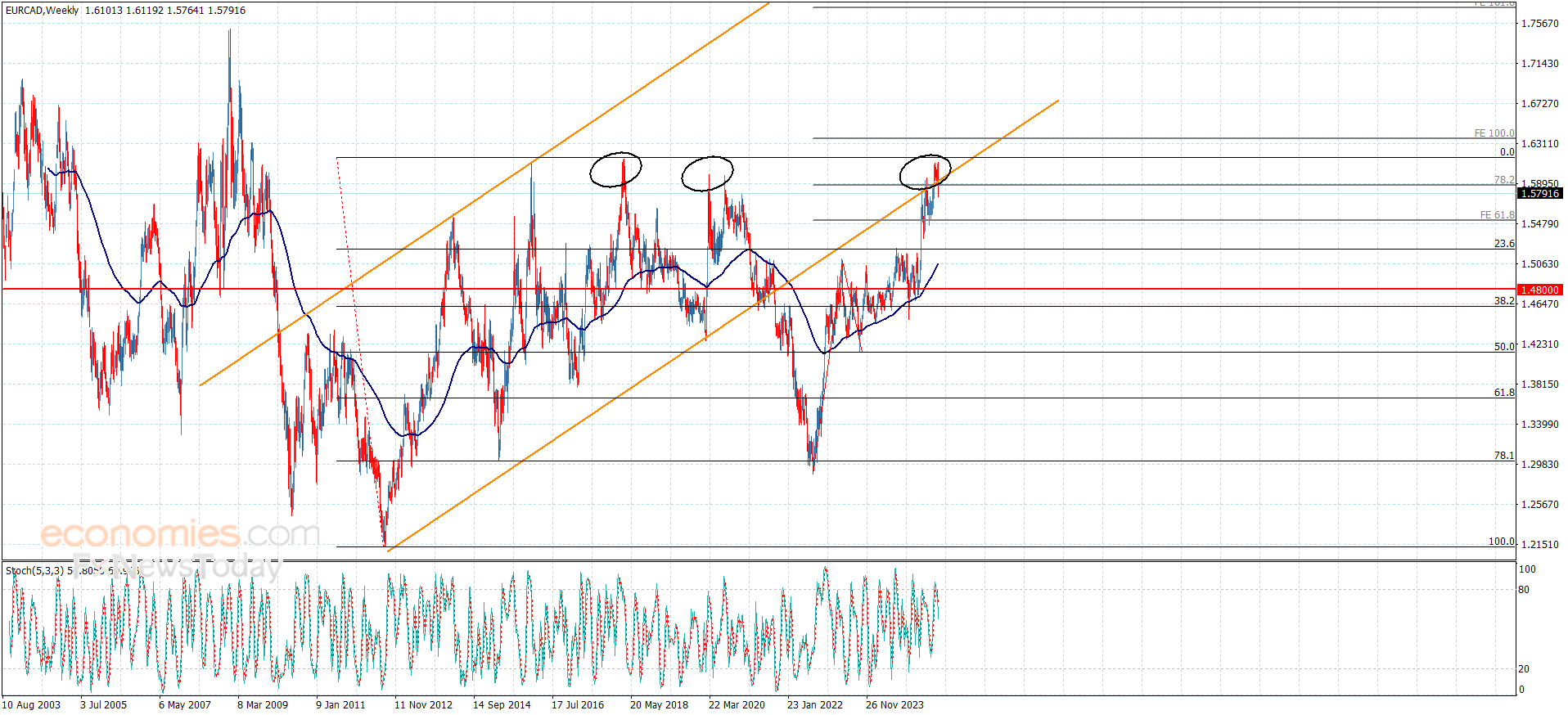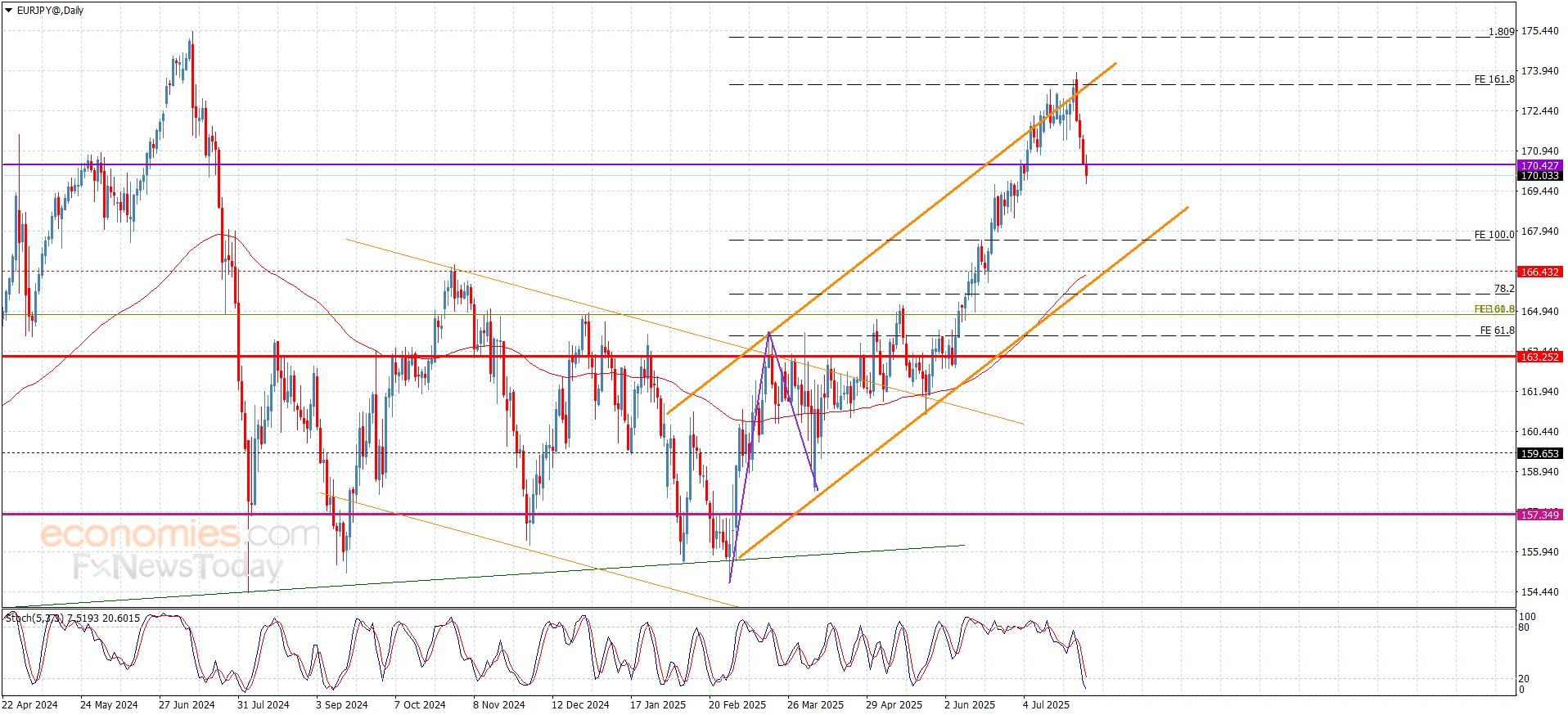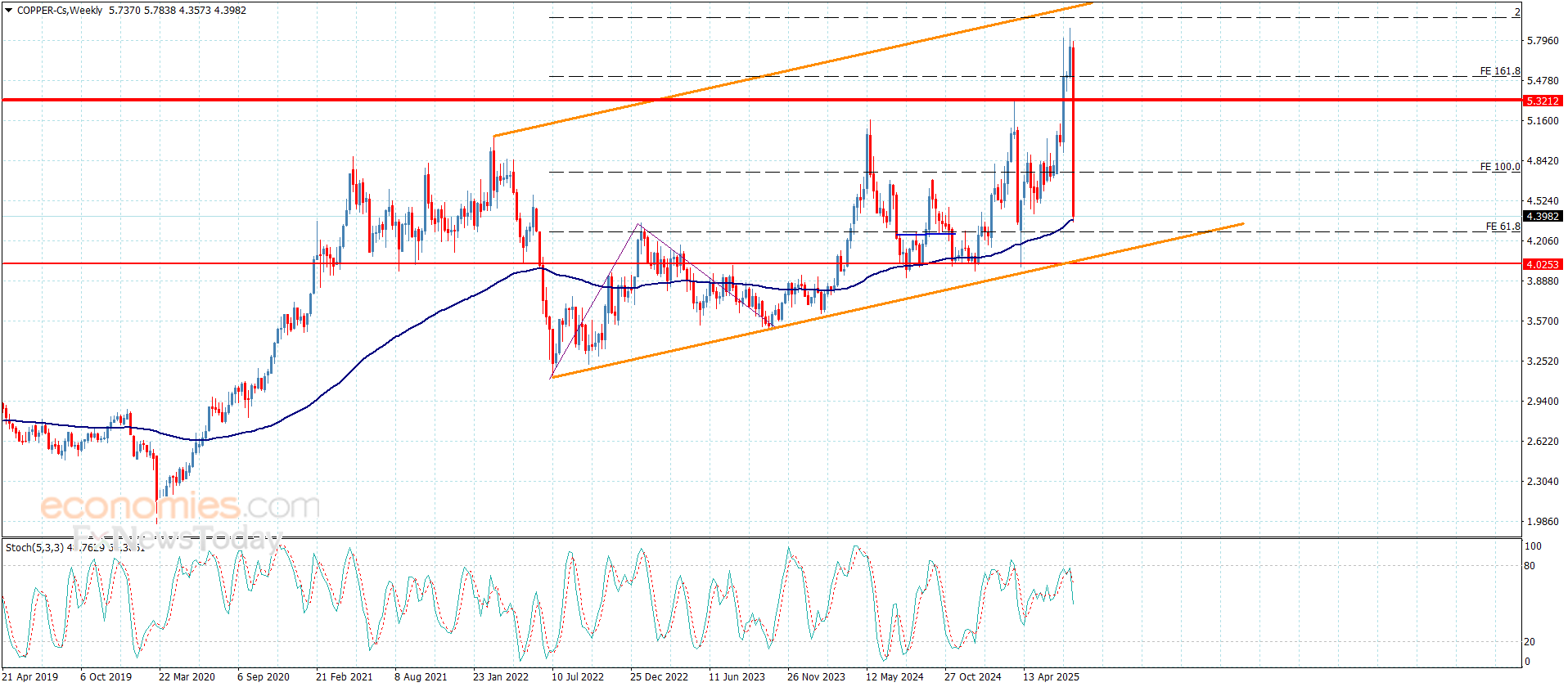Category: Forex News, News
Pound Sterling recovery to remain shallow ahead of Fed
- GBP/USD trades in positive territory above 1.3350 on Wednesday.
- Markets await key data releases from the US and Fed policy announcements.
- The near-term technical outlook is yet to point to a buildup of recovery momentum.
After touching its lowest level since mid-May near 1.3300 on Tuesday, GBP/USD stages a correction and trades above 1.3350 in the European session on Wednesday. High-tier macroeconomic data releases from the US and the Federal Reserve’s monetary policy announcements could trigger the next big action in the pair.
British Pound PRICE This week
The table below shows the percentage change of British Pound (GBP) against listed major currencies this week. British Pound was the weakest against the US Dollar.
| USD | EUR | GBP | JPY | CAD | AUD | NZD | CHF | |
|---|---|---|---|---|---|---|---|---|
| USD | 1.86% | 0.45% | 0.30% | 0.58% | 1.23% | 1.08% | 1.07% | |
| EUR | -1.86% | -1.40% | -1.51% | -1.27% | -0.61% | -0.76% | -0.78% | |
| GBP | -0.45% | 1.40% | -0.28% | 0.14% | 0.80% | 0.65% | 0.62% | |
| JPY | -0.30% | 1.51% | 0.28% | 0.28% | 0.88% | 0.76% | 0.92% | |
| CAD | -0.58% | 1.27% | -0.14% | -0.28% | 0.62% | 0.51% | 0.48% | |
| AUD | -1.23% | 0.61% | -0.80% | -0.88% | -0.62% | -0.15% | -0.18% | |
| NZD | -1.08% | 0.76% | -0.65% | -0.76% | -0.51% | 0.15% | -0.03% | |
| CHF | -1.07% | 0.78% | -0.62% | -0.92% | -0.48% | 0.18% | 0.03% |
The heat map shows percentage changes of major currencies against each other. The base currency is picked from the left column, while the quote currency is picked from the top row. For example, if you pick the British Pound from the left column and move along the horizontal line to the US Dollar, the percentage change displayed in the box will represent GBP (base)/USD (quote).
Mixed macroeconomic data releases from the US limited the US Dollar’s gains on Tuesday and helped GBP/USD hold its ground. Additionally, investors seem to be stepping aside before committing to additional USD longs. JOLTS Job Openings declined to 7.43 million in June from 7.77 in May, falling short of the market expectation of 7.55, while the Conference Board’s Consumer Confidence Index improved to 97.2 in July from 95.2 in June.
The US economic calendar will offer ADP Employment Change data for July and the first estimate of the second-quarter Gross Domestic Product (GDP) growth on Wednesday. Markets expect private sector payrolls to rise by 78,000 following the 33,000 decline reported in June. A significant positive surprise, with a reading above 100,000, could boost the USD with the immediate reaction.
The US’ GDP is forecast to rebound and grew at an annual rate of 2.4% following the 0.5% contraction recorded in the first quarter. A reading near the market consensus, if combined with an upbeat ADP print, could help the USD gather strength heading into the Fed event. Conversely, GBP/USD could keep its footing if these data miss analysts’ estimates.
Later in the day, the Fed is widely anticipated to leave the policy rate unchanged at the range of 4.25%-4.5%. Earlier in the month, Governors Christopher Waller and Michelle Bowman both voiced their support for a 25 basis points rate cut in July. Hence, it wouldn’t be a big surprise if they were to vote in favor of a reduction in the policy rate. However, if the policy statement shows that there were other policymakers who voted for a rate cut, the USD could come under selling pressure in the late American session.
On the other hand, GBP/USD could turn south if Fed Chairman Jerome Powell avoids signalling a rate cut in September and repeats the need for patience, citing the uncertainty surrounding the inflation outlook despite the recently-announced trade deals with Japan and the EU. According to the CME FedWatch Tool, markets are currently pricing in about a 63% probability of a rate cut at the next meeting in September.
GBP/USD Technical Analysis
The Relative Strength Index (RSI) indicator on the 4-hour chart stays below 40 and GBP/USD is yet to make a 4-hour close above the 20-period Simple Moving Average (SMA), highlighting a lack of buyer interest.
On the downside, 1.3330 (static level) aligns as an interim support level before 1.3300 (Fibonacci 78.6% retracement of the latest uptrend) and 1.3250 (static level). Looking north, resistance levels could be spotted at 1.3400 (Fibonacci 61.8% retracement), 1.3470 (Fibonacci 50% retracement, 100-period SMA) and 1.3500 (round level, static level).
Pound Sterling FAQs
The Pound Sterling (GBP) is the oldest currency in the world (886 AD) and the official currency of the United Kingdom. It is the fourth most traded unit for foreign exchange (FX) in the world, accounting for 12% of all transactions, averaging $630 billion a day, according to 2022 data.
Its key trading pairs are GBP/USD, also known as ‘Cable’, which accounts for 11% of FX, GBP/JPY, or the ‘Dragon’ as it is known by traders (3%), and EUR/GBP (2%). The Pound Sterling is issued by the Bank of England (BoE).
The single most important factor influencing the value of the Pound Sterling is monetary policy decided by the Bank of England. The BoE bases its decisions on whether it has achieved its primary goal of “price stability” – a steady inflation rate of around 2%. Its primary tool for achieving this is the adjustment of interest rates.
When inflation is too high, the BoE will try to rein it in by raising interest rates, making it more expensive for people and businesses to access credit. This is generally positive for GBP, as higher interest rates make the UK a more attractive place for global investors to park their money.
When inflation falls too low it is a sign economic growth is slowing. In this scenario, the BoE will consider lowering interest rates to cheapen credit so businesses will borrow more to invest in growth-generating projects.
Data releases gauge the health of the economy and can impact the value of the Pound Sterling. Indicators such as GDP, Manufacturing and Services PMIs, and employment can all influence the direction of the GBP.
A strong economy is good for Sterling. Not only does it attract more foreign investment but it may encourage the BoE to put up interest rates, which will directly strengthen GBP. Otherwise, if economic data is weak, the Pound Sterling is likely to fall.
Another significant data release for the Pound Sterling is the Trade Balance. This indicator measures the difference between what a country earns from its exports and what it spends on imports over a given period.
If a country produces highly sought-after exports, its currency will benefit purely from the extra demand created from foreign buyers seeking to purchase these goods. Therefore, a positive net Trade Balance strengthens a currency and vice versa for a negative balance.
Written by : Editorial team of BIPNs
Main team of content of bipns.com. Any type of content should be approved by us.
Share this article:







